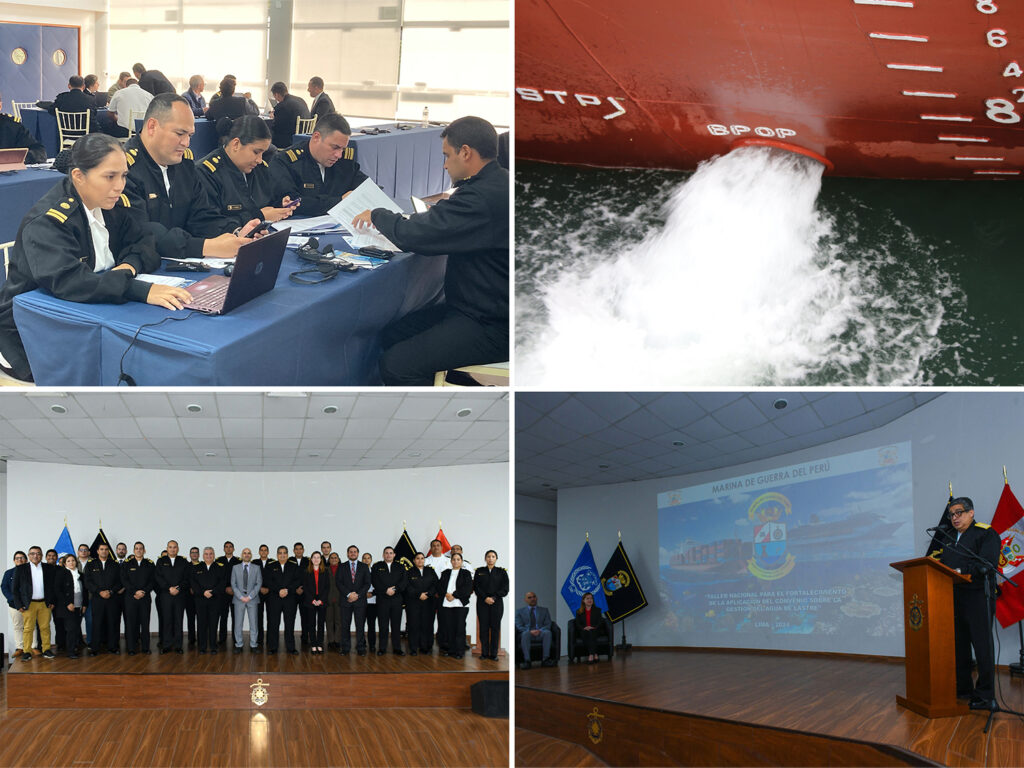By : Pablo Rodas-Martini
Former Chief Economist and maritime expert
Did you know that the tiny island nation of Malta has a larger exclusive economic zone (EEZ) than the giant Germany? While Malta’s EEZ covers 71,446 square kilometres of the Mediterranean, Germany’s covers just 57,485 square kilometres of the North Sea and Baltic Sea combined.
This curious asymmetry is all the more striking given that Germany’s land area is over 1,100 times larger than Malta’s.
But how is that possible? The answer lies not in land, but in sea geometry and international law. Germany’s maritime reach doesn’t extend the full 200 nautical miles granted under international law. Why?
Because it collides with the maritime zones of its neighbours, primarily Denmark and Sweden to the north. The North and Baltic Seas are crowded spaces. In contrast, Malta finds itself in expansive maritime solitude given its size. Although its EEZ overlaps with those of Italy, Tunisia and Libya, Malta extends the 200-mile mark gracefully to the south-east (see map).
Imagine a room with adults, young people and children. Germany towers above the other ‘adults’, such as Poland and Sweden, while some ‘youth’, including the Netherlands and Denmark, stand alongside them. They stand shoulder to shoulder, crammed onto one side of the room. On the other side stands Malta, a ‘little boy’, alone with a large empty space around him.
I am writing about this topic because I read a news article this morning about Malta’s first ever offshore wind tender. This brings me to another fascinating fact: the significant differences in wind potential across the seas surrounding Europe.
While the North Sea surges at 9.5–11.5 m/s, the Atlantic near Spain flows at 8.5–10.0 m/s, and the Baltic drifts at 7.5–9.0 m/s, the Black Sea and the Mediterranean breeze at 6.0-7.5 m/s and 6.5–8.0 m/s respectively. In the last two, the wind doesn’t charge—it glides.
Then there’s the number of bids: just three. Compare that to recent activity across Europe. When northern European countries hold auctions, there are typically between eight and 15 participants. Three is modest indeed. Perhaps even meagre.
Besides, quality matters. Who are the bidders? Will they be able to overcome the technological and financial challenges of building an offshore wind farm in uncharted territory? The consortiums are led by Italians, Greeks and Maltese. Until now, these countries have played a very weak role in this market. Italy has just 0.4% of Europe’s capacity, while Greece and Malta have none.
Another twist is that Malta has structured the bid with a delayed pricing phase. For now, only technical and financial qualifications are being considered. Price offers will come later. This carries a risk. What if the price offers are too low?
But let’s be optimistic! Malta’s efforts to harness wind and solar power are vital, given its high dependence on fossil fuels. The underwater cable connecting Malta to Sicily only meets a third of the country’s electricity needs, and Malta needs more than electricity.
Related : Pablo Rodas-Martini writes : A penguin and (ALS) system







